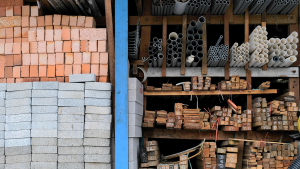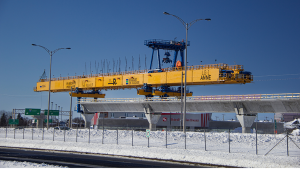LONDON — A recently released global construction trends report indicates that growth opportunities in the global modular and prefabricated buildings market look strong for the next six years.
A global uptick in construction activities and significant cost, labour and time savings in offsite construction are key factors driving market revenues toward $285 billion by 2025, according to Frost & Sullivan’s recent analysis titled Global Modular and Prefabricated Buildings Market, Forecast to 2025.
Frost & Sullivan expects the market to expand at an annual rate of 6.3 per cent from 2018-2025.
“Despite increased construction costs from offsite construction, a net saving of up to 7 per cent is possible because of shortened construction periods,” said Prathmesh Limaye, senior analyst with Frost & Sullivan, in a recent release.
“In addition, prefabricated buildings are increasingly being perceived as sustainable solutions for construction projects due to a growing usage of materials, such as timber and aluminum composites, that are more energy efficient than concrete.”
From a regional perspective, the recovering economies of Latin America along with high-growth markets of Eastern Europe, India and Southeast Asia are expected to provide lucrative market opportunities, the report said.
Slower growth is anticipated in North America and Europe due to increased construction activities in developing regions.
To gain a competitive advantage, Limaye recommends players emulate innovative companies such as Katerra and Welement and adopt automation and design tools to increase the quality and precision in their construction.
Additional growth opportunities participants should aim to secure include:
- Manufacturers promoting more cost-effective and environmentally sustainable solutions that are compliant with regulations mandated by international organizations.
- Gaining wider coverage by improving their portfolios with products that can be customized to end-user specifications and also promote ease of installation.
- Expanding operations into high-growth regions such as Asia-Pacific due to the region’s growing infrastructure and construction development.
- Offering products that are comparative with those offered by regional and local manufacturers.
“Despite significant market expansion prospects, perceptions surrounding the high initial cost of construction and transportation, design rigidity, multiple stakeholder involvement and lack of skilled labour are key factors slowing adoption rates and hindering market growth,” said Limaye in the statement.









Recent Comments